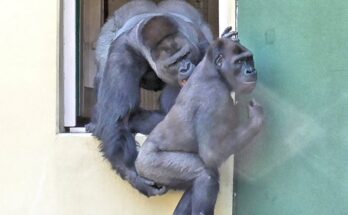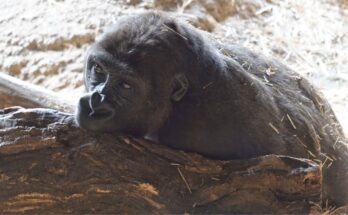
- Mountain gorillas are a subspecies of the eastern gorilla, living in the mountainous forests of Central Africa, mainly in Rwanda, Uganda, and the Democratic Republic of Congo.
- They are larger and hairier than other gorilla subspecies, which helps them survive in the cold mountain climate.
- Mountain gorillas live in social groups called troops, usually led by a dominant silverback male who protects the group.
- Their diet consists mainly of leaves, shoots, stems, and fruit found in their habitat.
- They spend much of their day foraging for food and resting to digest the tough plant material.
- Mountain gorillas communicate through a variety of vocalizations, chest beats, and gestures.
- The silverback gorilla acts as a protector and leader, often calming conflicts and defending the troop.
- Mountain gorillas are endangered, with only about 1,000 individuals left in the wild due to habitat loss, poaching, and disease.
- Conservation efforts including anti-poaching patrols, habitat protection, and community involvement have helped increase their population in recent years.
- Tourism, when managed responsibly, provides funding for conservation and raises global awareness about the plight of these gentle giants.


